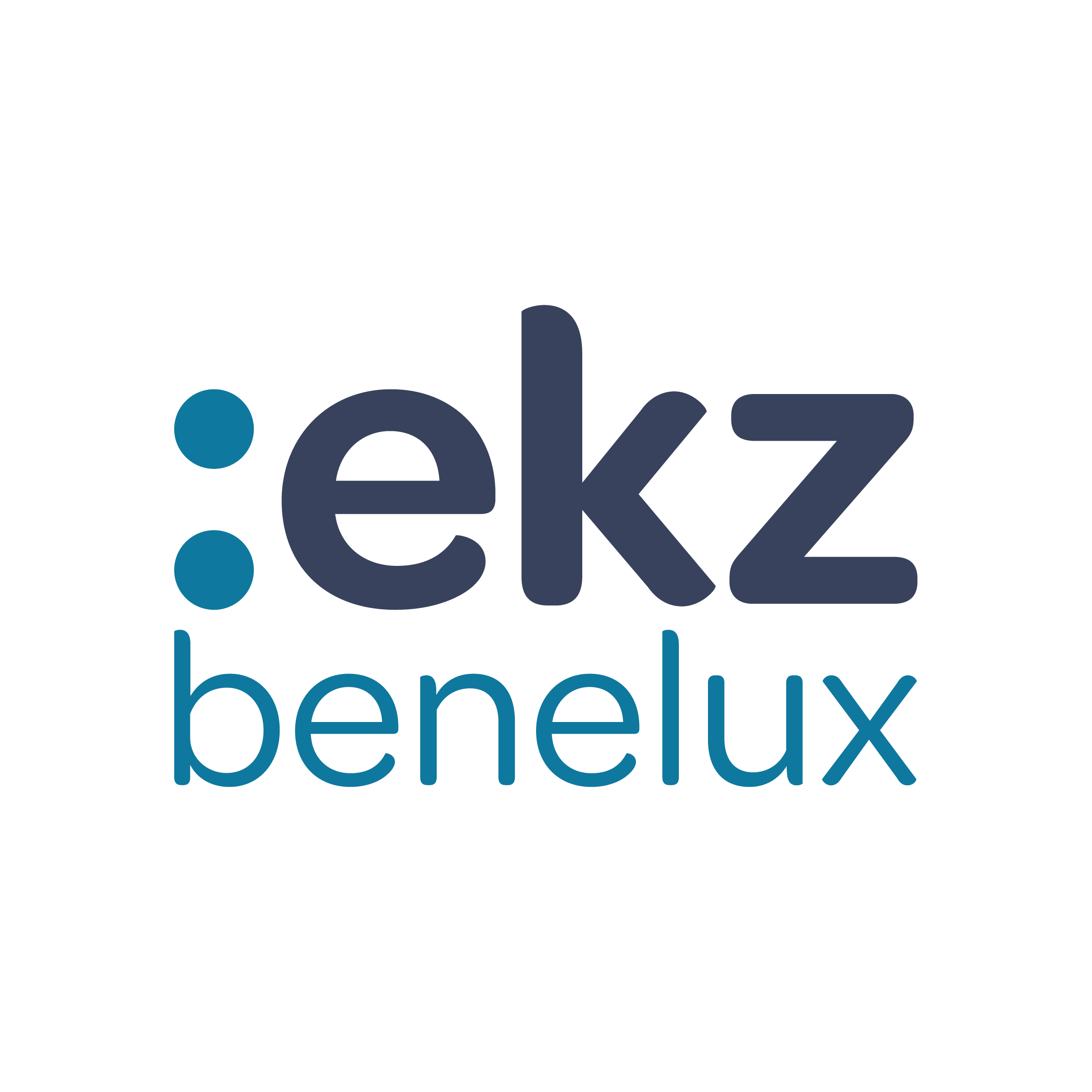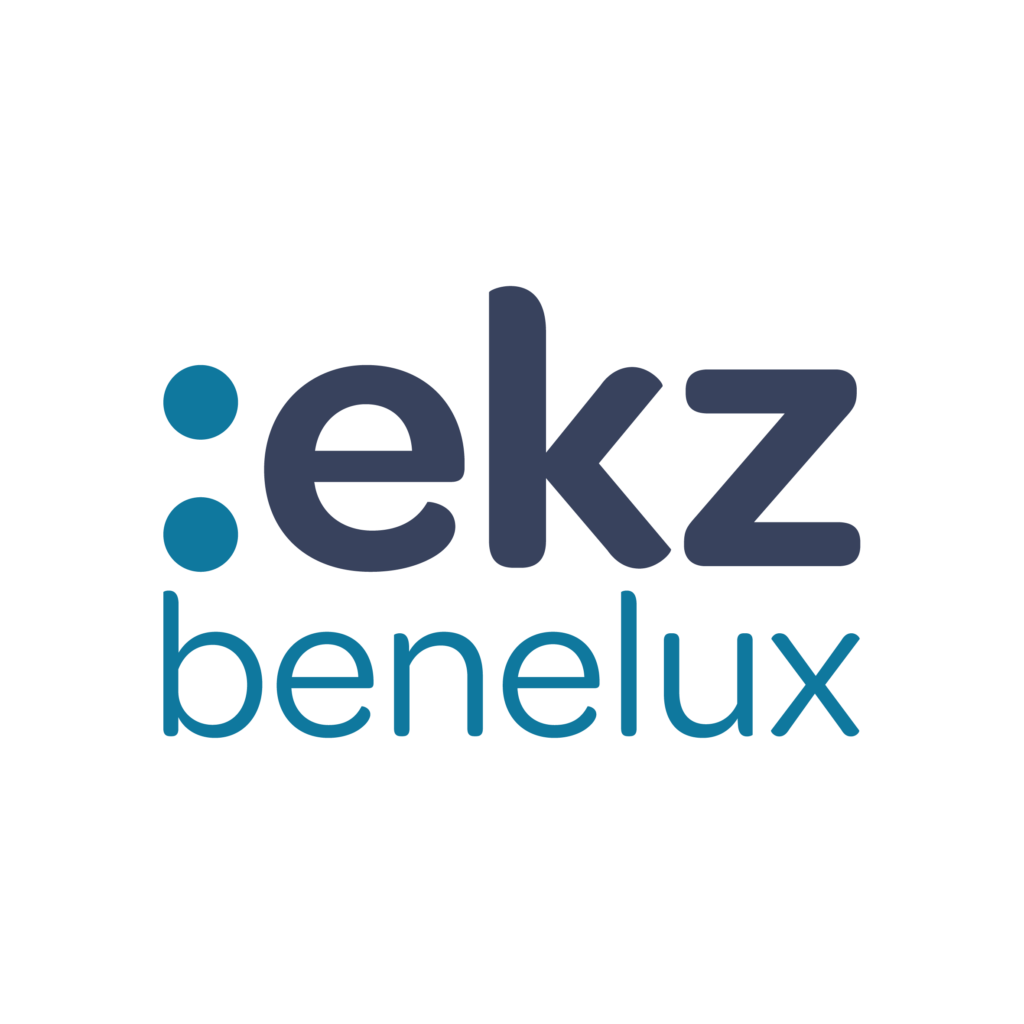By: Marc de Lange

In recent years it has become increasingly clear that libraries in the Netherlands and Flanders have taken on a different role. From classic book palace to a place where you go to experience something, learn something, meet others and, more recently, take in information from the government. Whereas a questioning service (Al@din) was used by libraries back in 2003, you can see that the national government is now reverting to using libraries as information points. A wonderful development, especially since providing information, education and enjoyment of reading should be the domain of the library. Moving away from just retail thinking, but really providing information from the ground up.
However, this is not new. I distinctly remember going to the library in Silkeborg, Denmark, in 2004 and being introduced to Peter Birk. An inspired librarian, he showed me his library, where beautiful (original….!) artwork by Asger Jorn hung on the wall. The library itself was spacious, with lots of opportunities to enjoy reading, learning and discussion. One of the first libraries in the world, Peter was already using RFID technology to lend materials. The intake there was absolutely spectacular: an intake robot sorted the materials out to 24 directions in book carts.
When I asked how he could sustain all this for a (with all due respect) smaller, city library, Peter surprised me.

With an IT department of 7 employees, he was perfectly capable of maintaining all the techniques used in the library. Thinking I hadn’t heard correctly, I asked him if he really had 7 employees in the IT department. “Yes indeed,” Peter replied, “and I have those employees not only for the catalog or RFID self-service, but also for the website of the library, the local history society, and various other, local associations, institutions and foundations. But I also maintain the municipality’s website and the tourist board with my IT staff. And then if there is a time when cuts have to be made, I ask the question of which website or information resource to shut down.”
See, this man had it figured out in 2004. By placing himself so strongly at the center of information, he actually made himself indispensable to the (local) government. And now, 17 years later, I see a beautiful sequel in the Netherlands. Let the library function as the government’s digital information hub: only makes them stronger!



